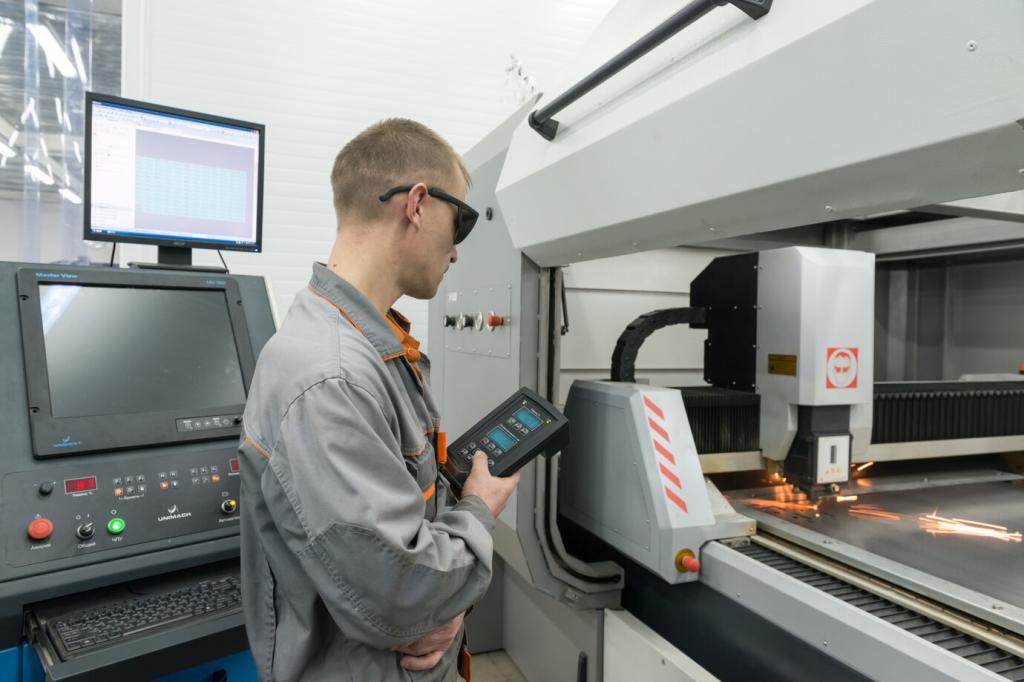Homes That Learn: AI and Machine Learning in Smart Furniture
Chosen theme: AI and Machine Learning in Smart Furniture. Explore how couches, desks, beds, and shelves use sensors and learning algorithms to understand your routines, elevate comfort, and make daily living feel effortlessly personal. Subscribe for future deep dives and share how you imagine furniture that learns you.


Sensor fusion in sofas, desks, and beds
Smart furniture blends pressure, motion, acoustic, and environmental sensors into a unified context stream. Machine learning interprets these patterns, distinguishing relaxed reading from focused typing, then subtly tunes support, reminders, and ambient cues.

Predicting daily rhythms without feeling intrusive
Time-series models learn your recurring behaviors, like afternoon slumps or late-night bursts of creativity. Instead of nagging, they offer timely nudges, dim lights, or adjust cushions, respecting your autonomy while reducing small daily frictions.
Comfort, Posture, and Adaptive Support
Pressure maps and skeletal models detect slouching, leaning, and asymmetric loading. Instead of alarms, micro-adjustable lumbar zones quietly reshape support, while gentle notifications suggest stretches proven to reduce strain during long creative sprints.


Chairs, lamps, and sit-stand desks learn occupancy patterns to power down silently. Predictive control lowers standby consumption, awakening instantly when you return, balancing responsiveness with real, measurable reductions in household energy usage.

Integration with demand-response signals lets furniture pre-warm cushions or pre-cool bedding during cleaner, cheaper energy windows. The result is comfort that arrives on time, while your home contributes to a more resilient grid.

Vibration and usage models forecast wear in hinges, motors, and cushion foams. Early nudges guide light maintenance instead of full replacements, preserving both aesthetics and resources. Tell us your best furniture care ritual.
Edge models interpret unusual motion patterns and pressure drops, distinguishing a quick plop from a dangerous fall. The furniture alerts trusted contacts or lifts armrests slightly, offering stability without broadcasting private moments.

Ecosystem Integration and Interoperability
Open standards and APIs for a cohesive home
Support for Matter, Thread, and robust local APIs lets furniture coordinate scenes with lights, speakers, and HVAC. This reduces app clutter and ensures your routines persist even when brands or phones change.
Edge versus cloud inference, explained simply
Edge inference keeps latency low and data private, perfect for posture and comfort adjustments. Cloud learning aggregates anonymous insights to improve algorithms. Together, they deliver responsiveness without sacrificing meaningful privacy and control.
Retrofitting legacy pieces with intelligence
Pressure mats, under-desk actuators, and compact microcontrollers bring learning to beloved furniture. Start small, measure impact, expand gradually. Share a photo of a piece you’d upgrade, and we’ll suggest modular paths forward.



Security, Privacy, and Ethics You Can Trust
Sensitive streams stay local, guarded by secure enclaves and end-to-end encryption. Updates are signed, verifiable, and reversible, so improvements arrive safely without opening doors to tampering or unexpected data exposure.


Security, Privacy, and Ethics You Can Trust
Readable dashboards show what is sensed, learned, and adjusted. Granular toggles let you pause features, wipe models, or export settings. Furniture should answer questions with clarity, not bury them behind vague menus.
Getting Started and Joining the Conversation
Evaluating AI claims without the hype
Ask which behaviors improve over time, whether learning is on-device, and how models are updated. Look for measurable outcomes like reduced discomfort, fewer adjustments, or better sleep, not just impressive marketing language.
DIY prototyping with approachable tools
Combine a small single-board computer, edge accelerators, and pressure sensors to experiment safely. Start with posture detection or ambient lighting cues, document results, and share your findings so others can iterate with you.
Your feedback shapes what we build next
Tell us which rooms, activities, or challenges deserve smarter furniture. Comment with ideas, subscribe for updates, and vote on experiments. Together, we will craft living spaces that learn and genuinely support everyday life.
